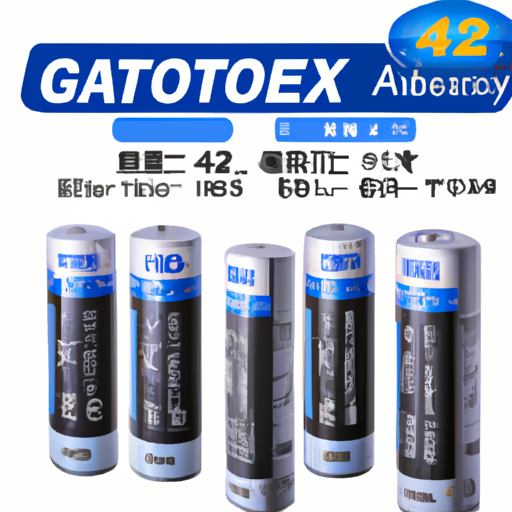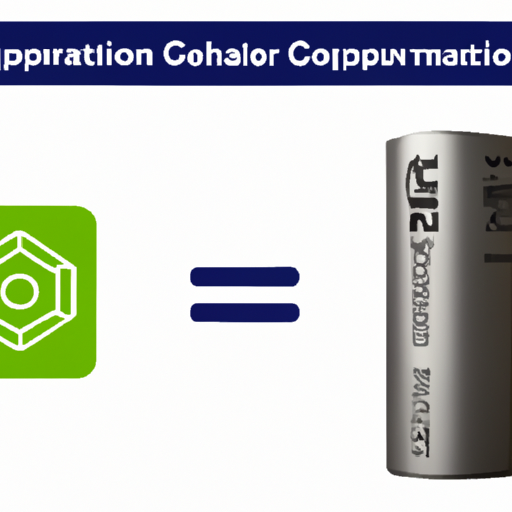C1EXG-4036G Batteries Non-Rechargeable (Primary) highlighting the core functional technology articles and application development cases of Batteries Non-Rechargeable (Primary) that are effective.
Certainly! Non-rechargeable (primary) batteries, such as the C1EXG-4036G, are essential components in a wide range of applications due to their convenience, reliability, and performance characteristics. Below is a detailed overview of the core functional technologies, application development cases, and relevant articles that highlight the effectiveness of non-rechargeable batteries.
Core Functional Technologies
| 1. Battery Chemistry | |
| 2. Energy Density | |
| 3. Shelf Life | |
| 4. Temperature Performance | |
| 5. Safety Features | |
| 1. Consumer Electronics | |
| 2. Medical Devices | |
| 3. Emergency Equipment | |
| 4. Industrial Applications | |
| 1. Battery University | A comprehensive resource that provides detailed information on battery technologies, including comparisons between rechargeable and non-rechargeable batteries. |
| 2. IEEE Xplore | A digital library that includes research papers and articles on advancements in battery technology, including non-rechargeable batteries. |
| 3. Journal of Power Sources | This journal publishes research on all aspects of battery technology, including primary batteries, their applications, and innovations. |
| 4. Consumer Reports | Offers reviews and comparisons of various battery types, including non-rechargeable options, helping consumers make informed choices. |
Application Development Cases
Articles and Resources
Conclusion
Non-rechargeable (primary) batteries like the C1EXG-4036G are vital in various applications due to their reliability, long shelf life, and energy density. Understanding the core technologies and exploring application development cases can help in selecting the right battery for specific needs. As technology advances, the effectiveness and efficiency of these batteries continue to improve, making them indispensable in many sectors.









